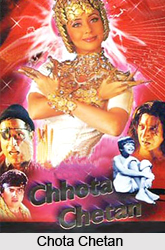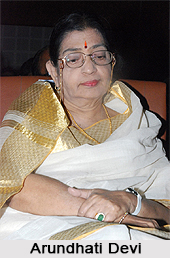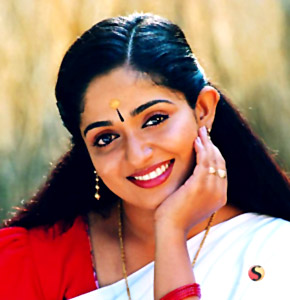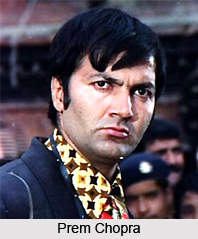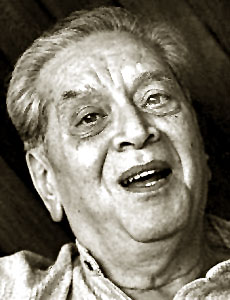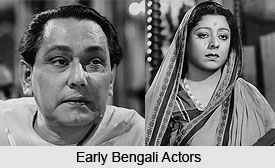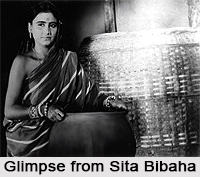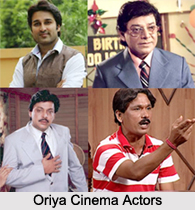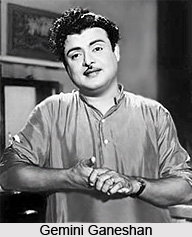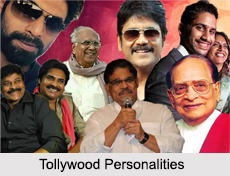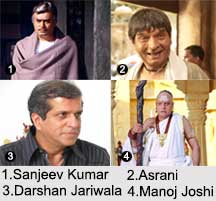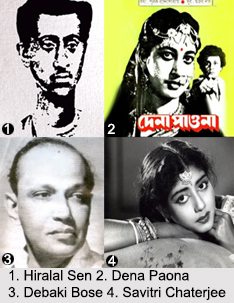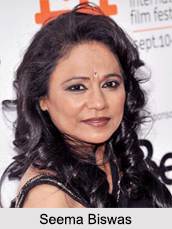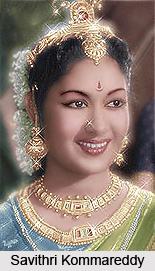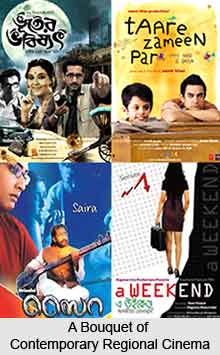 Contemporary Regional Cinema bears the essence of diverse cultures, regions and languages and over and above the essence of contemporaeneity that evolved over time. Cinema is the language of pictures, the essence of which is expressed through reels. The Marathi movies, Bengali, Kannada, Bhojpuri movies and the crossover of talents all add to the glamour and glitz of Indian Regional Cinema.
Contemporary Regional Cinema bears the essence of diverse cultures, regions and languages and over and above the essence of contemporaeneity that evolved over time. Cinema is the language of pictures, the essence of which is expressed through reels. The Marathi movies, Bengali, Kannada, Bhojpuri movies and the crossover of talents all add to the glamour and glitz of Indian Regional Cinema.
As Globalization dawned upon, Indian Cinema became much more enriched. New wave cinema or modern movies started with Satyajit Ray. However it was Dadasaheb Phalke who had introduced India to World Cinema. What Ray did was he took the bold step of creating New Wave Cinema that for the first time spoke of the marginalized or the common mass. The shadow of Bimal Roy, Shyam Benegal, Aparna Sen, Gautam Ghose, Mrinal Sen, Mani Ratnam, falls directly on the Contemporary directors and Contemporary Regional Cinema. They are realistic, often ethnographic, and they seek to capture important aspects of Indian reality. By and large, they avoid glamour and glitz and use cinema as an artistic medium capable of exploring important areas of Indian experience.
Mahesh Bhatt`s cinemas are bold enough to portray the modern day problems while those of Santosh Shivan, Deepa Mehta have a blend of realism but with a mask of art outside.
The extreme commercial themes of the bygone days is being replaced by the political theme oriented cinema, women related themes, realistic cinema depicting socio-political changes. While mythical themes dominated Malayalam Cinema, and remade cinema was in vogue, with the passage of time Malayalam Cinema made a place of its own. So has been the case with Bengali Cinema, as well as Bhojpuri etc.
The influence of Western directors or rather the European directors and the certain Stalwarts of Indian Cinema has aided in the evolution and development of Regional Contemporary Cinema. The rise of art cinema from popular films is the main criterion of contemporary regional films.
Contemporary Indian Regional Cinema is the voice of India in actuality and justifies truly Bergman-"Film as dream, film as music. No form of art goes beyond ordinary consciousness as film does, straight to our emotions, deep into the twilight room of the soul."
